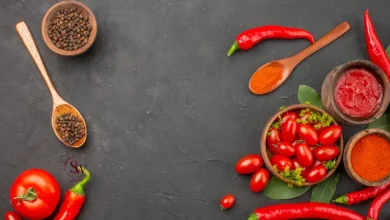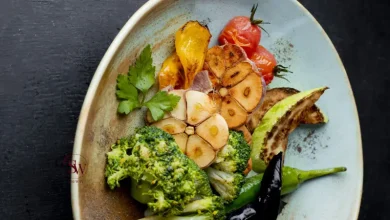Different Kinds of Rice and Their Benefits

Rice, a staple in many cultures around the world, is not just a source of sustenance but a treasure trove of diverse varieties, each with its unique set of characteristics and health benefits. In this comprehensive guide, we delve into the different kinds of rice and unravel the nutritional riches they offer.
White Rice
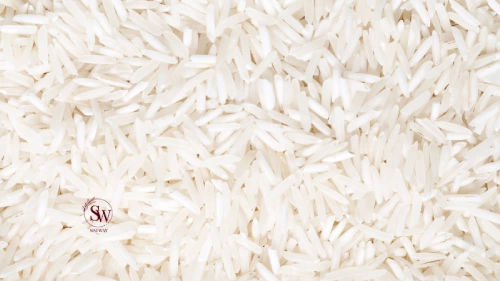
White rice, a staple in many households, undergoes a milling process that removes the outer bran layer, germ, and husk, leaving behind the starchy endosperm. While it lacks the fiber and some nutrients found in brown or wild rice, white rice remains a versatile and widely consumed option. One of the advantages of white rice is its easy digestibility. The absence of fiber makes it a gentle choice for individuals with sensitive stomachs or digestive issues. Additionally, white rice has a milder flavor, making it a versatile ingredient that pairs well with a variety of dishes.
Basmati Rice
Widely known for its fragrant aroma and long, slender grains, Basmati rice is a staple in many South Asian dishes. Its low glycemic index makes it an ideal choice for individuals managing diabetes, and its rich fiber content aids in digestion. According to a study conducted by the Basmati Growers Association, Basmati rice has been shown to have lower arsenic levels compared to other rice varieties, making it a safer option for regular consumption.
Brown Rice
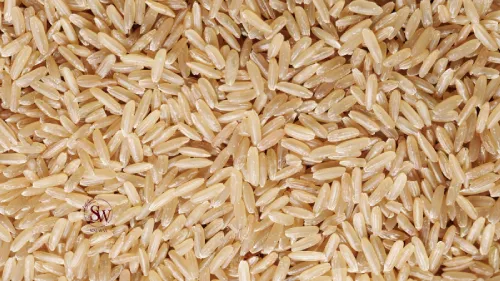
Brown rice, the whole grain form of rice, is gaining popularity for its impressive nutrient profile. Packed with fiber, vitamins, and minerals, brown rice promotes heart health and aids in weight management. The World Health Organization recommends incorporating brown rice into daily diets as a means of reducing the risk of cardiovascular diseases. Research from the American Journal of Clinical Nutrition suggests that the higher fiber content in brown rice contributes to better blood sugar control.
Wild Rice
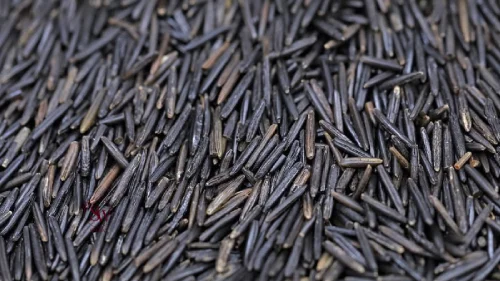
Despite its name, wild rice is not technically rice but rather the seed of an aquatic grass. Native to North America, wild rice is rich in antioxidants, particularly anthocyanins and carotenoids. A study published in the Journal of Agricultural and Food Chemistry highlights the potential of wild rice in combating oxidative stress and inflammation. Additionally, its high protein content makes it an excellent choice for vegetarians and vegans looking to meet their protein requirements.
Jasmine Rice
Known for its aromatic fragrance and slightly sticky texture, Jasmine rice is a staple in Southeast Asian cuisine. Studies conducted by the International Journal of Food Science and Technology reveal that Jasmine rice has a lower glycemic index compared to many other rice varieties, making it a suitable option for individuals managing diabetes. Furthermore, its pleasing aroma adds an enticing element to various culinary dishes.
Black Rice
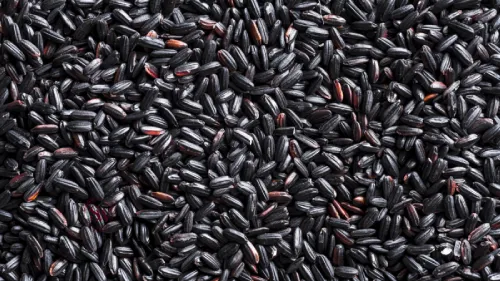
Often referred to as forbidden rice, black rice is gaining popularity for its distinctive color and robust nutritional profile. According to research published in the Journal of Agricultural and Food Chemistry, black rice contains higher levels of antioxidants compared to white or brown rice. These antioxidants have been linked to reduced inflammation and a lower risk of chronic diseases. Black rice is also a good source of iron and fiber, contributing to overall health and well-being.
Arborio Rice
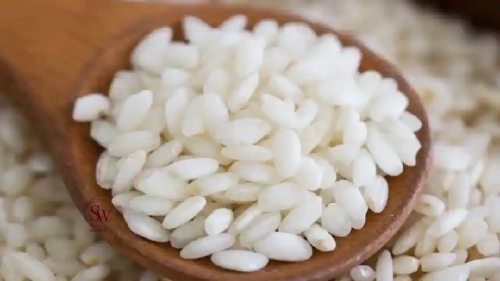
Famous for its use in risotto, Arborio rice has short, plump grains that absorb liquids exceptionally well. While it is higher in starch compared to other rice varieties, Arborio rice can be part of a balanced diet. According to a study in the Journal of Cereal Science, the resistant starch in Arborio rice may have potential benefits for gut health by promoting the growth of beneficial bacteria.
Red Rice
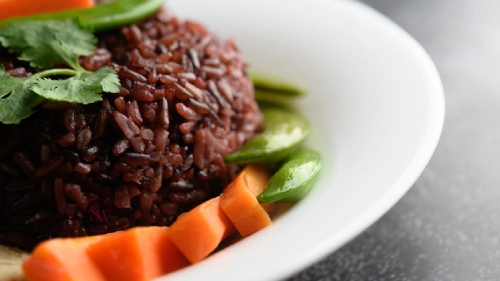
Red rice, often found in Asian countries, gets its distinct color from anthocyanins, the same antioxidants found in berries. These antioxidants have been associated with various health benefits, including improved heart health and reduced inflammation. Research published in the International Journal of Food Sciences and Nutrition suggests that red rice may have cholesterol-lowering effects, making it a heart-healthy choice.
Parboiled Rice
Parboiled rice goes through a unique processing method that involves soaking, steaming, and drying before milling. This process helps retain more nutrients in the rice kernel. According to a study in the Journal of Agricultural Science and Technology, parboiled rice is a good source of B vitamins, particularly thiamine and niacin. Additionally, the parboiling process increases the rice’s resistance to pests and insects, reducing the need for chemical pesticides in cultivation.
Is Rice Gluten-Free?
Yes, rice is naturally gluten-free. Gluten is a protein found in wheat, barley, and rye, but rice comes from a different plant species and does not contain gluten. Individuals with gluten sensitivity or celiac disease can safely include rice in their diet as a staple grain without worrying about gluten-related issues. However, cross-contamination is still a consideration, so it’s essential to ensure that rice products have not been processed or packaged alongside gluten-containing grains.
Also Read: Everything About Being Vegetarian
How to Make Fried Rice?
One of the most delightful and versatile dishes that can be prepared with various types of rice is fried rice. This popular dish is not only delicious but also an excellent way to use leftover rice. Here’s a simple guide on how to make fried rice, showcasing the flexibility of rice varieties.
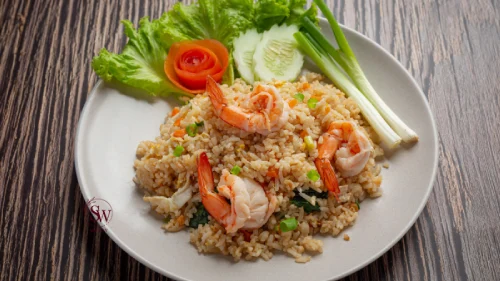
Ingredients:
- Cooked rice (preferably cold and leftover)
- Vegetables (e.g., carrots, peas, bell peppers)
- Protein of choice (e.g., chicken, shrimp, tofu)
- Eggs
- Soy sauce
- Sesame oil
- Garlic and ginger (minced)
- Green onions (chopped)
- Salt and pepper to taste
Instructions:
- Prepare Ingredients:
- Chop vegetables into small, uniform pieces.
- Dice the protein into bite-sized pieces.
- Beat the eggs in a bowl.
- Heat the Pan:
- Heat a wok or a large skillet over medium-high heat.
- Add a small amount of cooking oil, such as vegetable or sesame oil.
- Sauté Aromatics:
- Add minced garlic and ginger to the heated oil and sauté briefly until fragrant.
- Cook Protein:
- Add the protein to the pan and cook until fully cooked and slightly browned.
- Add Vegetables:
- Incorporate the chopped vegetables and stir-fry until they are tender-crisp.
- Scramble Eggs:
- Push the protein and vegetables to one side of the pan and pour the beaten eggs onto the empty side.
- Scramble the eggs until just set, then mix them with the rest of the ingredients.
- Add Rice:
- Add the cold, leftover rice to the pan.
- Break up any clumps and ensure an even distribution of ingredients.
- Season with Soy Sauce and Sesame Oil:
- Drizzle soy sauce over the rice and add a splash of sesame oil for flavor.
- Continue to stir-fry, ensuring that the rice is well-coated with the seasonings.
- Adjust Seasoning:
- Taste the fried rice and adjust the seasoning with salt and pepper as needed.
- Finish with Green Onions:
- Sprinkle chopped green onions over the fried rice just before serving for a burst of freshness.
How to Make Sticky Rice?
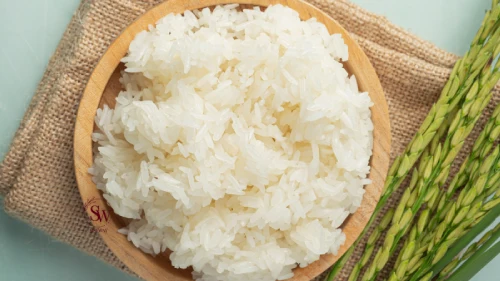
To make sticky rice, start by choosing glutinous or sticky rice, which is a short-grain rice variety with a high starch content. Rinse the rice thoroughly to remove excess starch until the water runs clear. Soak the rice in water for at least 4 hours or overnight. After soaking, drain the rice and steam it in a bamboo or metal steamer for around 20-30 minutes, or until the grains become translucent and sticky. Alternatively, you can cook soaked sticky rice by placing it in a cheesecloth or banana leaves and steaming it. Once cooked, let the sticky rice rest for a few minutes before serving. Sticky rice is commonly enjoyed in various Asian cuisines and can be paired with savory or sweet dishes.
FAQs
- Is rice a good source of protein?
- While rice is not a high-protein food, some varieties like wild rice and black rice offer moderate protein content. It is advisable to complement rice with other protein sources for a balanced diet.
- Which rice is best for weight management?
- Brown rice is often recommended for weight management due to its high fiber content, which promotes a feeling of fullness and helps control calorie intake.
- Can individuals with diabetes include rice in their diet?
- Yes, individuals with diabetes can include rice in their diet, preferably choosing varieties with a lower glycemic index such as Basmati or Jasmine rice. Portion control and pairing rice with vegetables and proteins can also help manage blood sugar levels.
- Are there any potential health risks associated with rice consumption?
- While rice is generally safe for consumption, some rice varieties may contain trace amounts of arsenic. Choosing rice with lower arsenic levels, such as Basmati rice, and maintaining a varied diet can help mitigate potential risks.
- Is white rice unhealthy?
- White rice is lower in nutrients compared to brown or wild rice, as the milling process removes the outer bran layer. However, when consumed as part of a balanced diet, white rice can still provide essential carbohydrates for energy.
Conclusion
In conclusion, the world of rice is a vast and diverse one, offering a multitude of options to suit various tastes and nutritional needs. Whether you prefer the aromatic Basmati, the nutty flavor of brown rice, or the antioxidant-rich black rice, each variety brings its unique set of benefits to the table. By incorporating a variety of rice into your diet, you not only elevate your culinary experience but also contribute to your overall health and well-being.
